Convertible cars have come a long way. Yes, in terms of quality and design, but also in lots of other important ways.
The Highway Loss Data Institute (HLDI) recently surveyed 263 pairs of convertibles and corresponding coupes on a range of factors, including price, weight and safety. Their findings reveal that a lot of beliefs people have about convertibles aren’t true.
For instance, convertible cars aren’t anywhere near as dangerous as people believe they are. And they aren’t significantly more expensive either.
It’s a message that Haartz Corporation has been sharing for years. As the world’s leader in highly engineered and uniquely designed convertible topping, you could say they know a thing or two about drop tops.
“Modern convertibles include reinforcements to the body and A, B, and C-pillars for increased rigidity,” said Matthew Williams, vice president, global automotive exteriors and new markets. “According to the HLDI study, these very same structural differences help compensate for the lack of a fixed roof. Roll bars also help protect occupants in the event of a rollover accident.”
Let’s take a look at HLDI’s findings:
Convertible cars aren’t significantly more expensive
HLDI plotted the base prices of convertibles and their corresponding coupes on a line graph to illustrate the differences. Despite popular belief, they found that convertibles aren’t significantly more expensive. In fact, the average price difference is only about $6,000 — and some of that is because convertibles are usually only available in higher trim levels.
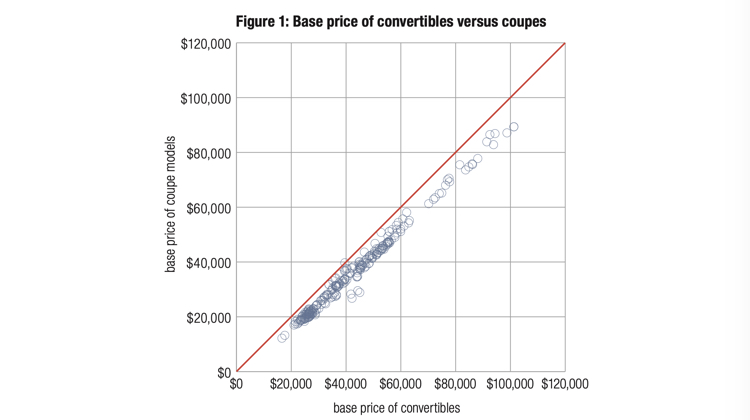
Convertible cars aren’t significantly heavier
HLDI also plotted the curb weights of convertibles and their corresponding coupes. They found that convertibles only average 250 pounds more — which, thanks to innovations in topping and frames, is a lot less than it used to be. Sure, 250 pounds is still a lot of weight if you’re racing. But how many people actually buy convertibles to race them?
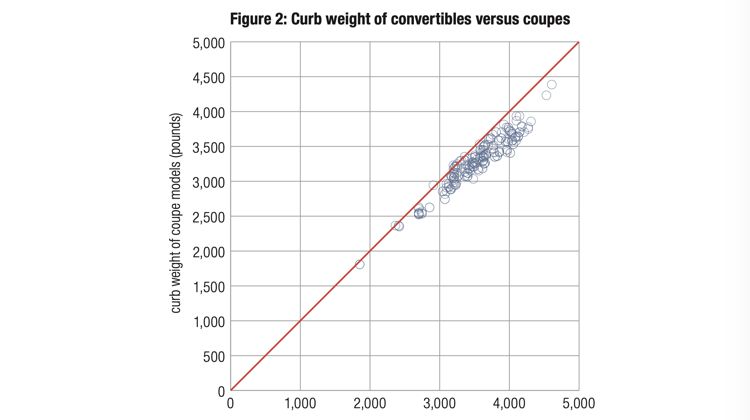
Convertibles aren’t significantly more dangerous
One of the biggest misconceptions about convertible cars is that they’re structurally unsound and more dangerous in the event of a crash. While that may have been true 50 to 60 years ago, it’s just not the case any more.
HLDI plotted the injury rates of convertibles with their corresponding coupes. They found that convertibles had slightly lower injury rates (convertible injury rates were lower for 165 of 263 pairs analyzed).
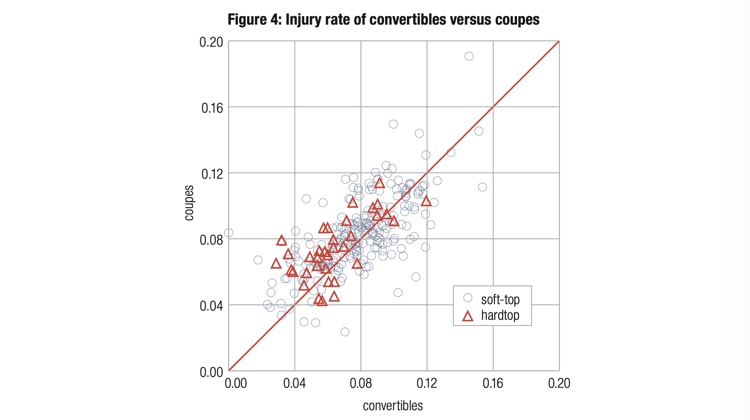
HLDI also compared collision claim frequencies of convertibles with their corresponding coupes. In all but eight pairs of vehicles, they found coupes had a higher collision claim frequency.
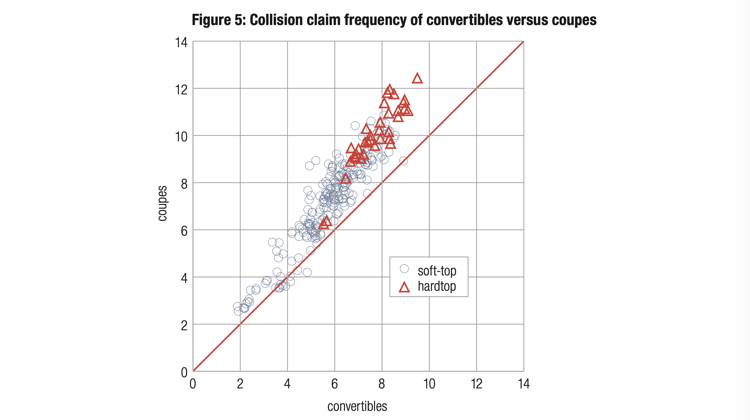
Long gone are the days when convertibles were heavy, wobbly and impractical to drive year round. Today’s drop tops have the speed and agility of sports cars, and their quality Haartz topping make them suitable for cruising in any weather.
Skeptical? Head down to your local Mazda dealership and ask to test drive an MX-5 Miata. (But leave your wallet at home, because you might be tempted to buy it)
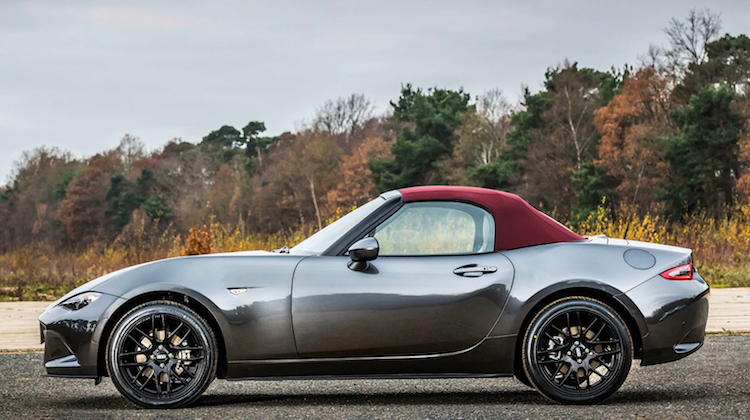
Recent Comments